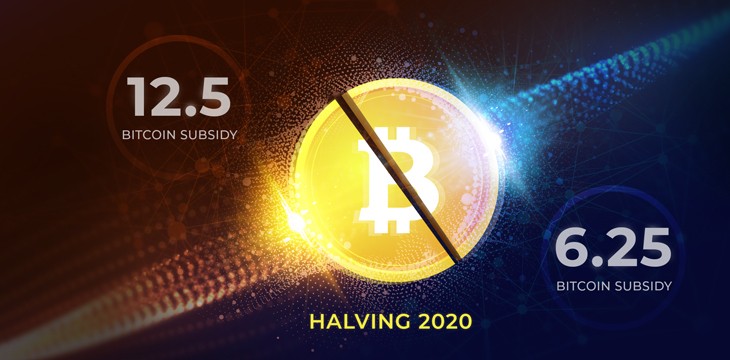Key Takeaways
- Ethereum remains the leading blockchain for token launches thanks to security, tooling, and liquidity.
- A successful token launch requires strong tokenomics, audited contracts, and regulatory awareness.
- Tools like ERC-20 templates, testnets, and launchpads streamline deployment in 2025–2026.
How to Launch a Token on Ethereum
Launching a crypto token is no longer reserved for deep-technical developers. In 2025 and heading into 2026, Ethereum remains the most trusted blockchain for token creation thanks to its mature ecosystem, unrivaled liquidity, and standardized frameworks like ERC-20. Whether you’re launching a community token, a utility asset for a dApp, or laying foundations for a new decentralized protocol, understanding how to launch a token on Ethereum is now a strategic advantage—not just a technical skill.
This article breaks down the process clearly and journalistically: no fluff, no hype, just a practical guide to creating and deploying an Ethereum token that meets today’s industry standards.
Ethereum in 2025: Still the Most Reliable Home for Tokens
Despite competition from Solana, Avalanche, Base, and modular chains, Ethereum continues to dominate token issuance. Its longevity, developer tooling, and high-value DeFi infrastructure make it the blockchain of choice for founders who prioritize security and compliance.
By late 2025, improvements from Ethereum’s post-Dencun upgrades have reduced gas fees, improved throughput, and made L2 rollups more affordable. This means launching a token no longer requires deep pockets—especially if deploying on networks like Arbitrum, Optimism, Base, or zkSync.
Standardization is another major reason Ethereum leads. ERC-20 and ERC-721 serve as the global blueprint for tokens, exchanges, wallets, custodians, and analytics tools. When you launch here, compatibility is guaranteed.
Step 1: Define Your Token’s Purpose and Tokenomics
Before writing a single line of code, founders must define the “why” behind their token. In 2025 and 2026, regulators across the U.S., EU, and Asia increasingly evaluate intent and utility when determining whether a token resembles a security. Because of this, clarity and documentation are essential.
Key components include:
- Utility – What can users actually do with the token?
- Value flow – How does demand emerge and sustain over time?
- Supply mechanics – Fixed, inflationary, or deflationary?
- Distribution strategy – Fair launch, private sale, community airdrop, or hybrid?
- Governance – Does the token give holders voting power?
Investors today expect transparent tokenomics. Projects that avoid vague promises and instead offer measurable value—access, staking, governance, or in-app utility—have a higher chance of adoption.
Step 2: Create the Smart Contract Using an ERC-20 Standard
Most Ethereum tokens use ERC-20, a widely supported standard that defines basic functions like transferring, approving, or checking balances. For many projects, audited templates from OpenZeppelin remain the safest starting point. They reduce risk, prevent common vulnerabilities, and keep the code clean.
Developers typically use:
- Solidity – Ethereum’s primary smart contract language
- Remix IDE – A browser-based development environment
- Hardhat or Foundry – Modern frameworks for deployment and testing
- MetaMask – For signing transactions
In 2025, additional features are often added:
- Minting or burning functions
- Role-based access control
- Pausable or upgradeable contracts
- EIP-2612 Permit approvals (gas-efficient signatures)
While basic tokens can be deployed in minutes, production-grade tokens must undergo thorough testing and simulation to avoid failures or exploits later.
Step 3: Test and Deploy to an Ethereum Network
Deployment should always begin on a testnet. Developers use networks like:
- Sepolia – The primary Ethereum testnet
- Holesky – For larger-scale simulations
Testing ensures the token behaves correctly across wallets, DEXs, bridges, and dApps.
Once stable, the smart contract can be deployed to Ethereum Mainnet or an L2 of your choice. In 2025–2026, most token launches happen on rollups due to significantly lower gas fees and immediate access to liquidity.
Step 4: Get a Security Audit and Verify Your Contract
Smart contract audits are no longer optional. With billions lost to exploits annually, investors demand third-party validation.
A 2025-standard audit typically includes:
- Code review
- Security analysis
- Attack simulations
- Gas optimization recommendations
- Verified remediation
Once audited, the smart contract should be verified on Etherscan, allowing the public to inspect the code. This simple step builds credibility with exchanges, investors, and partners.
Step 5: Prepare for Launch—Distribution, Liquidity, and Compliance
Token launch strategy matters as much as the technology behind it.
Distribution
Founders must choose whether to launch via:
- A public sale
- An IDO on a decentralized exchange
- An LBP (liquidity bootstrapping pool)
- A community airdrop
- A private OTC round
Each path has different regulatory and reputational implications.
Liquidity
Listing on a DEX requires pairing your token with a base asset—typically ETH, USDT, or USDC. In 2025, many projects use automated tools that manage liquidity provisioning, anti-bot measures, and fair-launch mechanics.
Compliance
Global crypto regulation is tightening. Before you launch a token on Ethereum, consider:
- KYC/AML requirements for token sales
- Jurisdictional restrictions
- Tax implications
- Security-token classification risks
Projects that handle compliance correctly build long-term trust and avoid legal pitfalls.
Step 6: Post-Launch: Community, Utility, and Continuous Development
Launching the token is only the beginning. The success of any Ethereum token depends on maintaining engagement and delivering real utility.
Important post-launch priorities include:
- Clear communication with holders
- Technical updates and roadmap execution
- Integrations with dApps, wallets, and exchanges
- Transparent treasury reporting
- Continuous monitoring for security threats
In the 2025–2026 market, users gravitate toward projects that provide transparency and consistent value, not just a token with no purpose.
Conclusion: Ethereum Still Sets the Standard for Token Launches
Launching a token on Ethereum in 2025 is more accessible, secure, and efficient than ever. With robust tooling, deep liquidity, and trusted infrastructure, Ethereum continues to serve as the foundation for serious founders building long-term Web3 ecosystems. By following best practices—strong tokenomics, audited contracts, thoughtful distribution, and regulatory awareness—you can launch a token that stands out in a competitive landscape.




